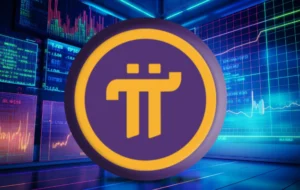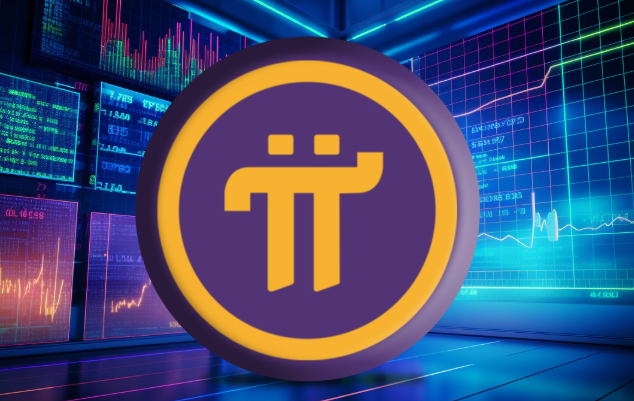Pi Network, one of the most talked-about cryptocurrency projects in 2025, has captured the imagination of millions. Its promise of enabling mobile cryptocurrency mining is revolutionary, but the project’s delays and structural issues have raised legitimate concerns about its long-term viability.
Founded by Stanford alumni Nicolas Kokkalis, Chengdiao Fan, and  in 2019, Pi Network aims to make cryptocurrency accessible to everyone through its mobile-first approach. Yet, as the network transitions toward an “open mainnet” launch in 2025, many are questioning whether the delays and criticisms overshadow its potential.
in 2019, Pi Network aims to make cryptocurrency accessible to everyone through its mobile-first approach. Yet, as the network transitions toward an “open mainnet” launch in 2025, many are questioning whether the delays and criticisms overshadow its potential.
Originally anticipated to go live by the end of 2024, Pi Network’s open mainnet launch was postponed to early 2025. The delay, attributed to the need for more users to complete Know Your Customer (KYC) verification, has sparked skepticism. Critics argue that six years of development far exceed the timelines of other blockchain projects like Ethereum and Cardano, both of which achieved operational mainnets within two years.
Furthermore, despite claims of over 60 million users, blockchain explorers report only about 9 million wallets, with less than 20,000 showing daily activity. This discrepancy between reported and actual engagement has raised questions about transparency and adoption.
While decentralization is a cornerstone of blockchain technology, Pi Network remains under the exclusive control of its core team. All active mainnet nodes are centralized, contradicting the project’s claims of being a decentralized network. Critics worry this centralization undermines trust in the ecosystem.
Additionally, Pi’s inflationary tokenomics has been a point of contention. With over 5.5 billion tokens in circulation and no clear mechanism to control supply and demand, there are concerns that the token’s value could be eroded over time.
Read Also: Pi Network Open Mainnet Launch Finally Set for Early 2025: Here’s what you need to know
The mandatory KYC process, requiring users to submit personal information like government IDs and selfie videos, has raised alarms about data privacy and security. The handling of sensitive information by regional validators introduces potential risks of misuse or identity theft.
Meanwhile, the project’s reliance on in-app advertising to cover operational costs has also drawn criticism. Despite its claims of minimal energy consumption, the heavy emphasis on advertising raises questions about whether user monetization takes precedence over delivering tangible utility.
Despite its challenges, Pi Network holds immense promise. Its mobile-first approach democratizes cryptocurrency mining, removing traditional barriers such as the need for expensive hardware or technical expertise. This inclusive vision has the potential to onboard millions of users to the world of Web3.
Pi Network employs the Stellar Consensus Protocol (SCP), a mechanism that enables energy-efficient, fast, and scalable transactions. Although SCP presents its own complexities, such as requiring stable connections for node trust relationships, its integration into a user-friendly platform could significantly advance blockchain adoption.
Additionally, the community-driven approach of Pi Network encourages engagement and innovation, as users can build applications and utilities within the ecosystem. If successfully decentralized, Pi Network could emerge as a scalable and sustainable solution for global digital payments.
Pi Network’s unique approach to cryptocurrency mining has positioned it as both a disruptor and a subject of scrutiny. While its potential to revolutionize accessibility and adoption in the crypto space is undeniable, its delayed roadmap, inflationary economics, and centralization raise legitimate concerns about its credibility and future.
As the project approaches its pivotal open mainnet launch, the Pi Core Team faces the critical task of addressing these concerns transparently. For Pi Network to fulfill its vision, it must bridge the gap between innovation and trust, ensuring that its inclusive mission is matched by tangible deliverables and decentralized progress.






